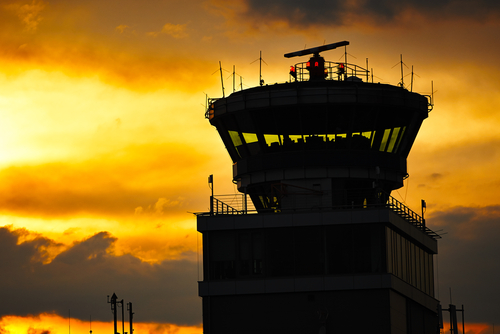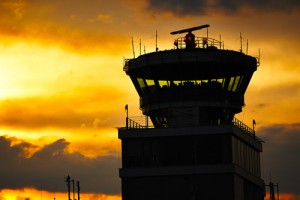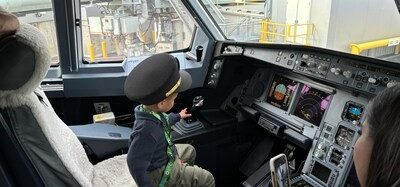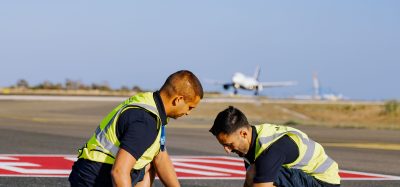New regulatory approach for Remotely Piloted Aircraft Systems (RPAS)
- Like
- Digg
- Del
- Tumblr
- VKontakte
- Buffer
- Love This
- Odnoklassniki
- Meneame
- Blogger
- Amazon
- Yahoo Mail
- Gmail
- AOL
- Newsvine
- HackerNews
- Evernote
- MySpace
- Mail.ru
- Viadeo
- Line
- Comments
- Yummly
- SMS
- Viber
- Telegram
- Subscribe
- Skype
- Facebook Messenger
- Kakao
- LiveJournal
- Yammer
- Edgar
- Fintel
- Mix
- Instapaper
- Copy Link
Posted: 13 March 2015 | Katie Sadler, Digital Content Producer, International Airport Review
The European Aviation Safety Agency (EASA) has announced a new regulatory approach for safely operating remotely piloted aircraft systems (RPAS). This announcement addresses the way aviation safety regulations are developed in integrating RPAS into the European civil airspace It gives flexibility to the new industry to mature and innovate, while at the same time ensures […]


The European Aviation Safety Agency (EASA) has announced a new regulatory approach for safely operating remotely piloted aircraft systems (RPAS).


This announcement addresses the way aviation safety regulations are developed in integrating RPAS into the European civil airspace It gives flexibility to the new industry to mature and innovate, while at the same time ensures the right level of protection for citizens and goods.
The European Aviation Safety Agency (EASA) presented its new regulatory approach for safely operating remotely piloted aircraft systems (RPAS). This marks a significant change in the way aviation safety regulations are developed, becoming proportionate to the risks they aim to address. For example, the concept defines three RPAS categories, with an ‘open category’ at the lower end. Drones would be required to adhere to implemented no-fly-zones’, like cities or critical sites. Safety rules will be developed at the European level and will be based on regulations already adopted in EU Member States. Regulations will be co-ordinated at a global level with international standards.
Patrick Ky, EASA Executive Director, commented on the latest regulatory approach: “This concept is the first tangible result of the new regulatory approach in EASA, where we first listen to the users and then we draft rules proportional to the risks. These rules will ensure a safe and fertile environment for this much promising industry to grow”

















